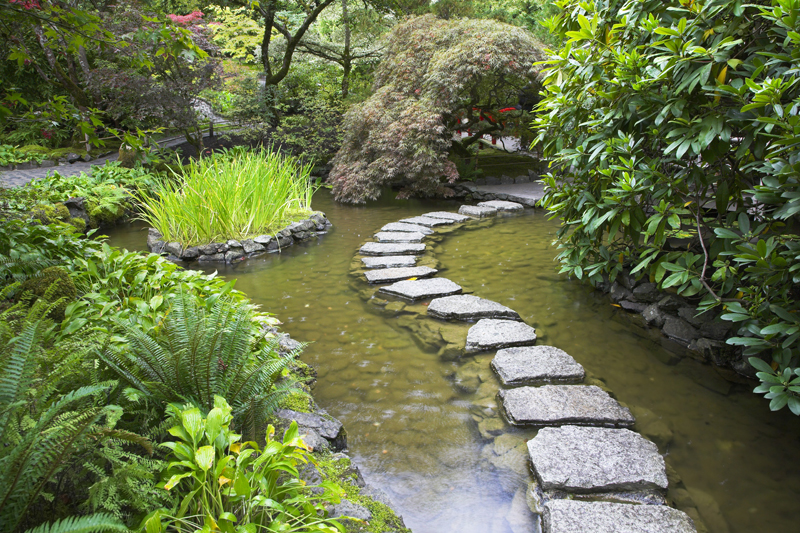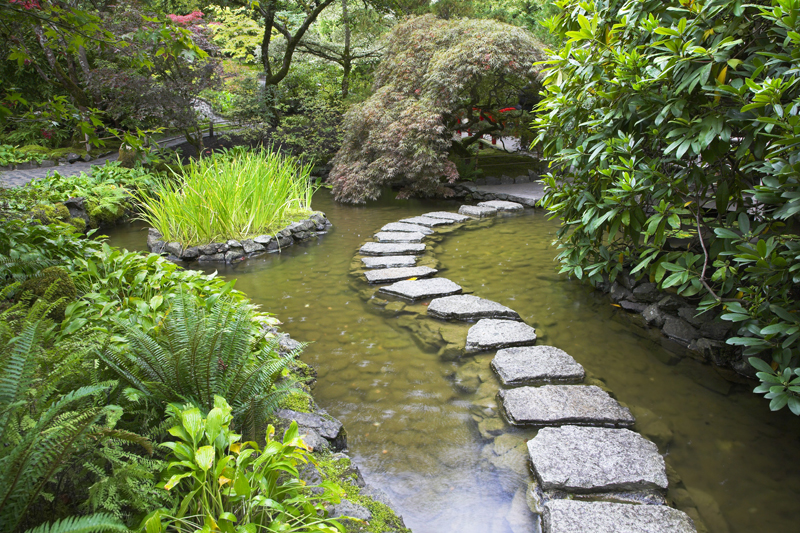Spring Blooming Bulbs for Pollinators

Spring blooming bulbs are our reward for putting up with the discomforts of winter. These are well worth the wait for they put on quite a show. Over thirty kinds of hardy bulb species provide nectar and/or pollen for pollinators.
Sometimes, the blossoms can yield a small crop of honey although this is typically uncommon. For pollinator gardens, choose bulbs with single type blooms.
Some Recommended Spring Bulbs for Pollinators
Those bulbs that are known to be good nectar and/or pollen plants include the following: anemone, the various kinds of bluebells, the assorted species of camass, crocus, daffodils, dogtooth-violet, fritillaria, glory of the snow, grape-hyacinth, hyacinth, lily-of-the-valley, ornamental or flowering onions, peonies, the various squills, the spring and summer snowflake, star-of-Bethlehem, tulips, snowdrops, and winter aconite.
Growing Bulbs
For the most part, most bulbs are fairly easy to grow. These generally prefer well-drained soils. However, most will do well enough in clay soils so long as they aren’t planted in low-lying areas. Most do best if they have four to six hours of sun daily although certain types are adapted to shade or part shade.
The planting depth is determined by the bulb size. Most bulb packages and mail order catalogs give specific instructions for each kind.
The hardiness of bulbs can vary, according to the species or variety.
When growing conditions are satisfactory, some bulbs will spread and naturalize. An example is the grape hyacinths, which have naturalized in some parts of the East. In addition, snowflakes thrive in the wild in the Northeast southward to Virginia. Daffodils can naturalize on a local basis in colder regions of the country.
For the most part, most bulbs will experience fewer insect and disease problems than most other garden plants. However, they can rot in waterlogged soils.
Wildlife can sometimes present challenges. For example, squirrels have been known to dig the bulbs up and move them to different locations. Woodchucks and rabbits browse on bulb foliage, while deer consume tulip flowers. Sometimes, certain bulbs fail to bloom the first year after planting. Often, they simply need more time to get established.
Requiring little attention, bulbs are generally carefree plants. Avoid mowing the leaves before they turn brown. Fertilize spring bulbs in the fall when they are planted and once a year after that with a complete bulb fertilizer.
Normally, most hardy bulbs will come back with the exception being certain kinds of tulips. Some bulb catalogs list the most reliable perennial tulip varieties.
Bulbs are often sold by size. Top sized bulbs will produce a greater number of larger, longer-lasting blooms the first year. Bargain bulbs are less expensive and are recommended for naturalizing and planting en masse. Over time, these will gradually increase in size and bloom reliably.
Sometimes, the blossoms can yield a small crop of honey although this is typically uncommon. For pollinator gardens, choose bulbs with single type blooms.
Some Recommended Spring Bulbs for Pollinators
Those bulbs that are known to be good nectar and/or pollen plants include the following: anemone, the various kinds of bluebells, the assorted species of camass, crocus, daffodils, dogtooth-violet, fritillaria, glory of the snow, grape-hyacinth, hyacinth, lily-of-the-valley, ornamental or flowering onions, peonies, the various squills, the spring and summer snowflake, star-of-Bethlehem, tulips, snowdrops, and winter aconite.
Growing Bulbs
For the most part, most bulbs are fairly easy to grow. These generally prefer well-drained soils. However, most will do well enough in clay soils so long as they aren’t planted in low-lying areas. Most do best if they have four to six hours of sun daily although certain types are adapted to shade or part shade.
The planting depth is determined by the bulb size. Most bulb packages and mail order catalogs give specific instructions for each kind.
The hardiness of bulbs can vary, according to the species or variety.
When growing conditions are satisfactory, some bulbs will spread and naturalize. An example is the grape hyacinths, which have naturalized in some parts of the East. In addition, snowflakes thrive in the wild in the Northeast southward to Virginia. Daffodils can naturalize on a local basis in colder regions of the country.
For the most part, most bulbs will experience fewer insect and disease problems than most other garden plants. However, they can rot in waterlogged soils.
Wildlife can sometimes present challenges. For example, squirrels have been known to dig the bulbs up and move them to different locations. Woodchucks and rabbits browse on bulb foliage, while deer consume tulip flowers. Sometimes, certain bulbs fail to bloom the first year after planting. Often, they simply need more time to get established.
Requiring little attention, bulbs are generally carefree plants. Avoid mowing the leaves before they turn brown. Fertilize spring bulbs in the fall when they are planted and once a year after that with a complete bulb fertilizer.
Normally, most hardy bulbs will come back with the exception being certain kinds of tulips. Some bulb catalogs list the most reliable perennial tulip varieties.
Bulbs are often sold by size. Top sized bulbs will produce a greater number of larger, longer-lasting blooms the first year. Bargain bulbs are less expensive and are recommended for naturalizing and planting en masse. Over time, these will gradually increase in size and bloom reliably.

Related Articles
Editor's Picks Articles
Top Ten Articles
Previous Features
Site Map
Content copyright © 2023 by Connie Krochmal. All rights reserved.
This content was written by Connie Krochmal. If you wish to use this content in any manner, you need written permission. Contact Connie Krochmal for details.



